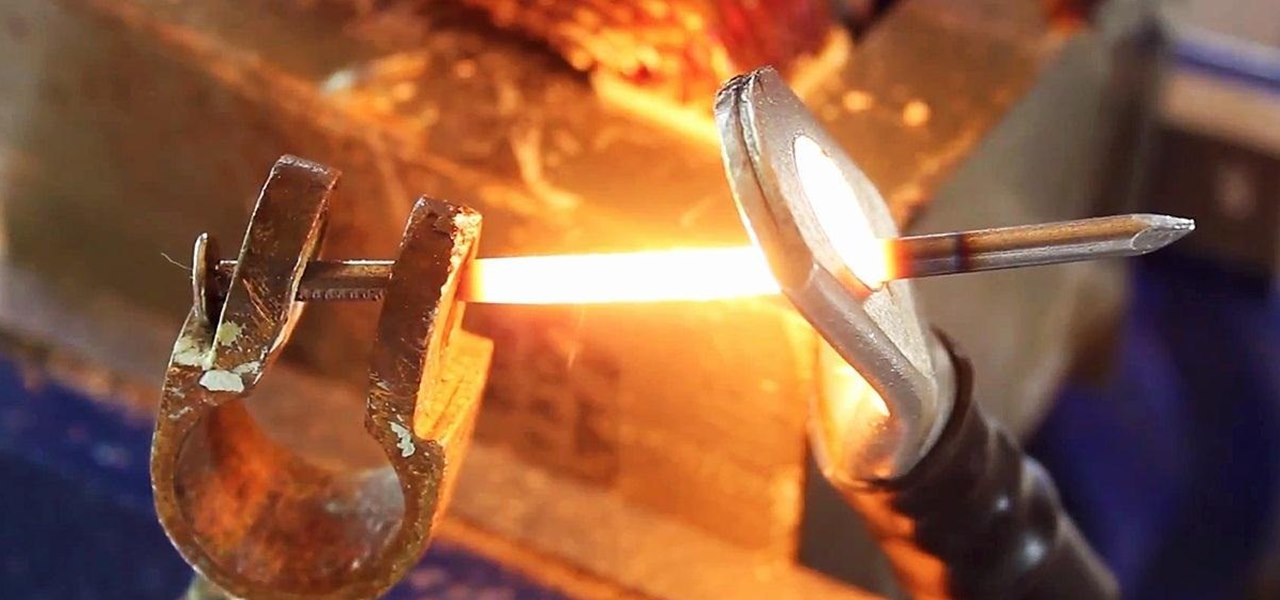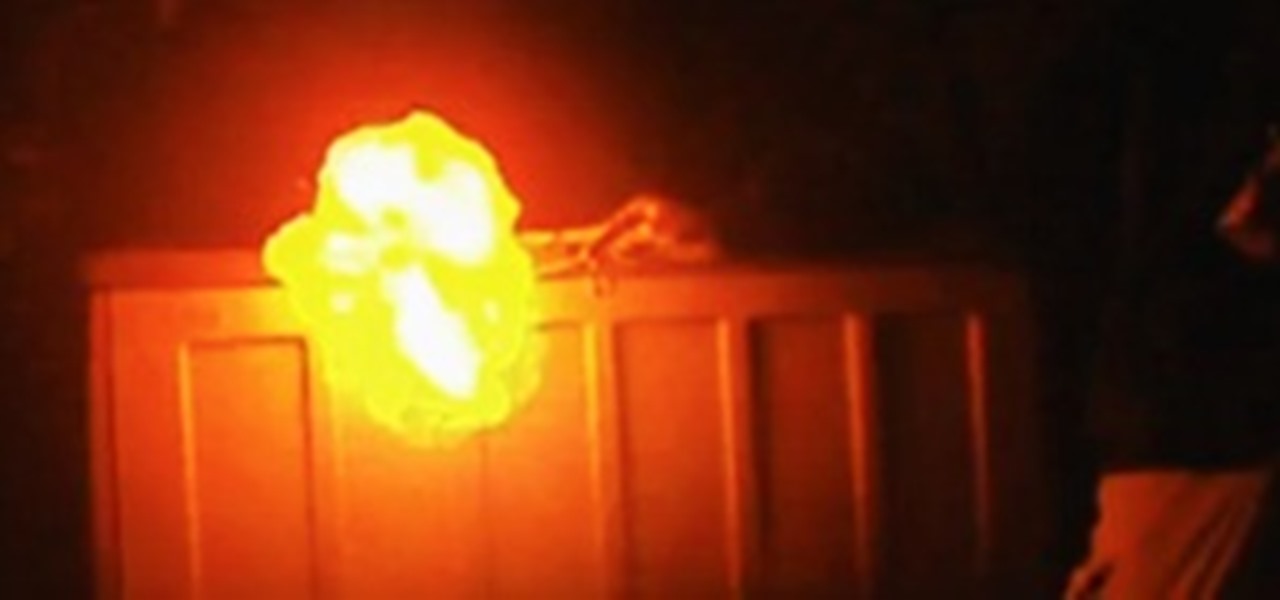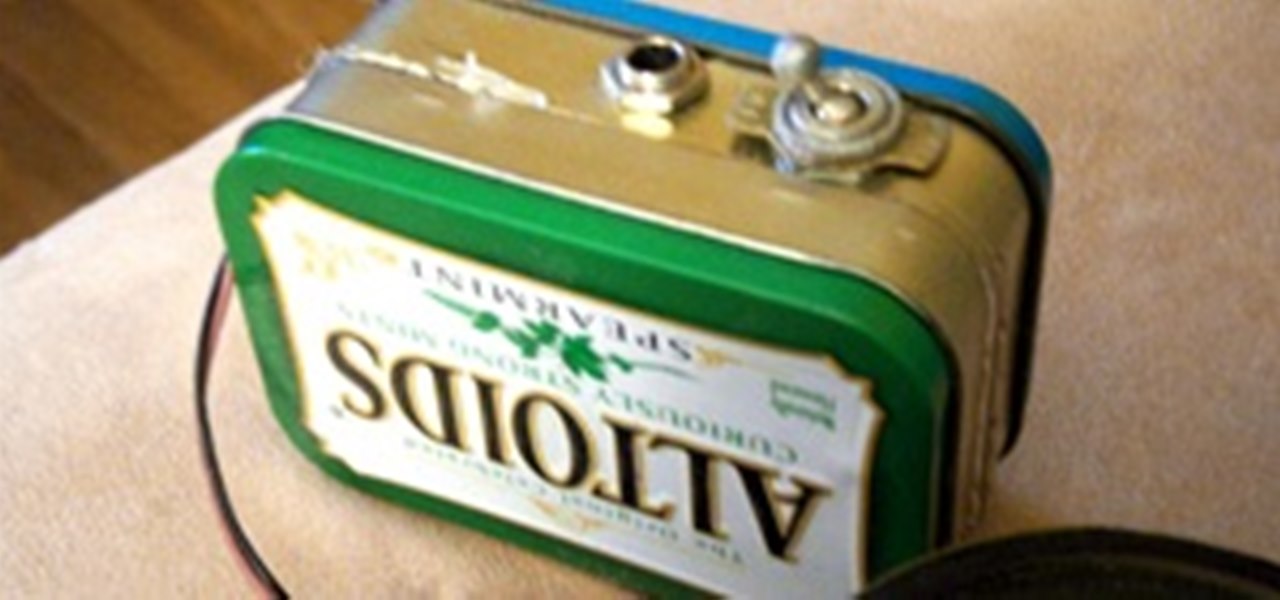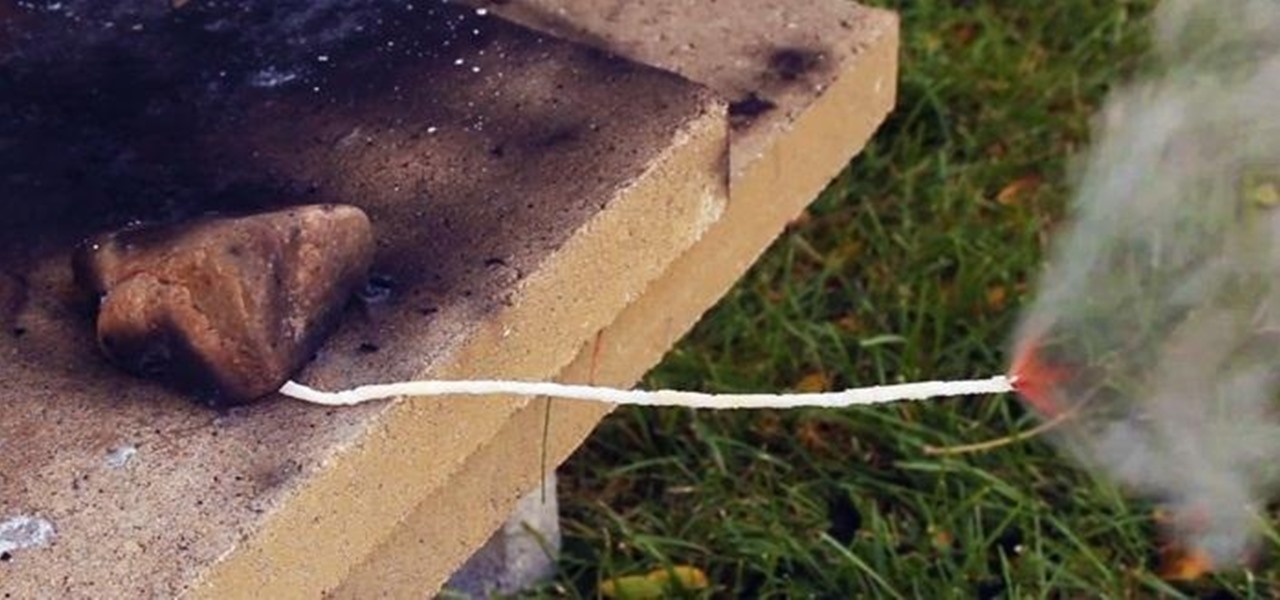Mad Science Features

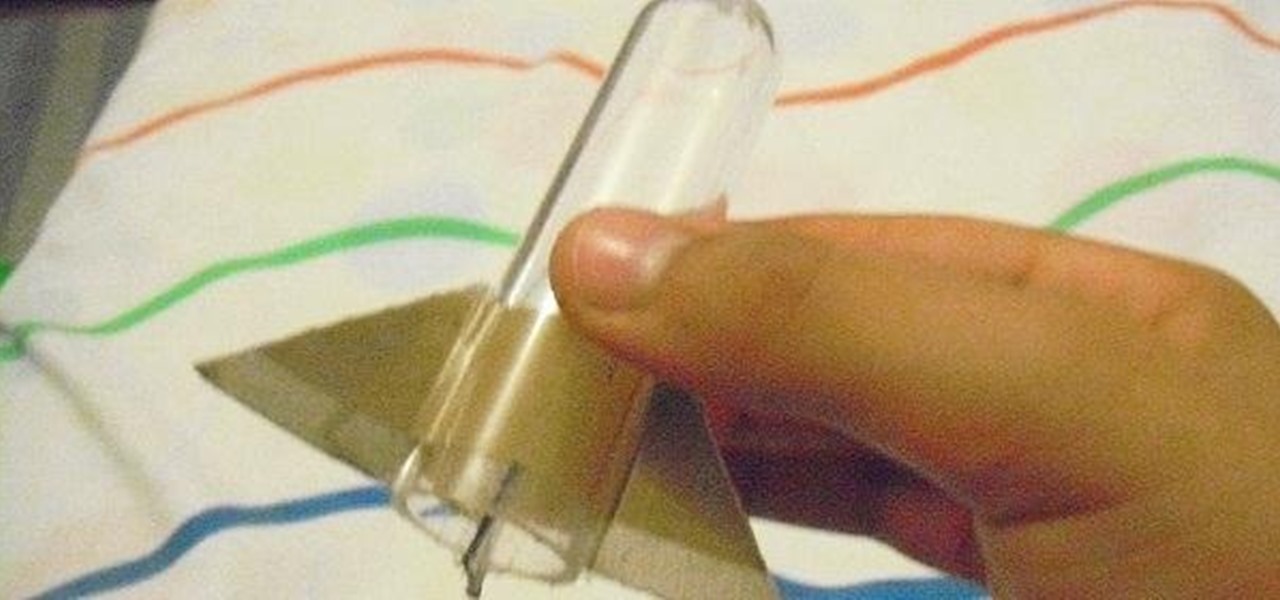
How To: Launch Tiny Test Tube Rockets in Your Backyard with Just Baking Soda and Vinegar
Nothing to do this summer? Then spark things up with a little baking soda and some vinegar and make a tiny, working rocket. Best of all—you probably already have most of the materials and ingredients lying around the house. What You'll Need
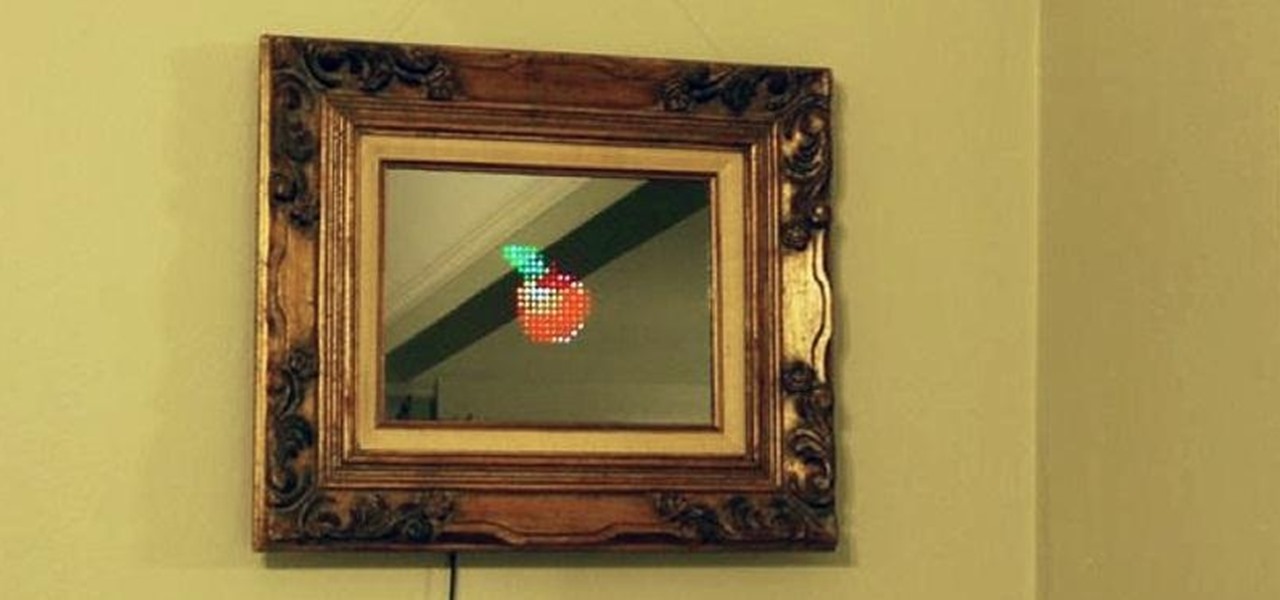
How To: Make a Digital "Magic Mirror" That You Can Control from Your Phone
Fool your friends, scare your cat, play a game while also admiring your physique! This "magic" mirror lets you do all that and more by letting you display words, pictures, videos, and even some games—all controllable through a mobile phone.

Red Wine: The Secret to Superconductivity
We've all heard of the power that red wine holds. It can help lower risks of heart disease, boost your brain power, and can even recharge your car battery. But last year, a group of Japanese physicists made headlines when they announced that they could induce superconductivity by soaking metals in red wine. But why red wine?

News: Brain Hacking and Thought-Controlled Quadcopters: The Good and Bad Future of Mind-Reading Devices
Until recently, brainwave-reading devices have pretty much only existed in science fiction. Sure, electroencephalography (EEG), the technology that powers these devices, has been used in medicine and psychiatry since the late 1800s, but diagnosing people's brains and reading their minds are two totally different things. The first EEG headsets available to the public were used mostly in gaming and even in fashion, but in the last few years, they've gotten a little more sophisticated.

How To: Build a Frame for the Mega Solar Scorcher
Here is how you can build a frame for your MEGA SOLAR SCORCHER in under an hour, and for less than $8!! This is effectively a 4 foot magnifying lens that concentrates insane amounts of heat from the sun. What would you do with all this free solar power? My design for this custom "Scorcher Frame" is easy to use, and incredibly cheap to make, as you can see in this step-by-step video.
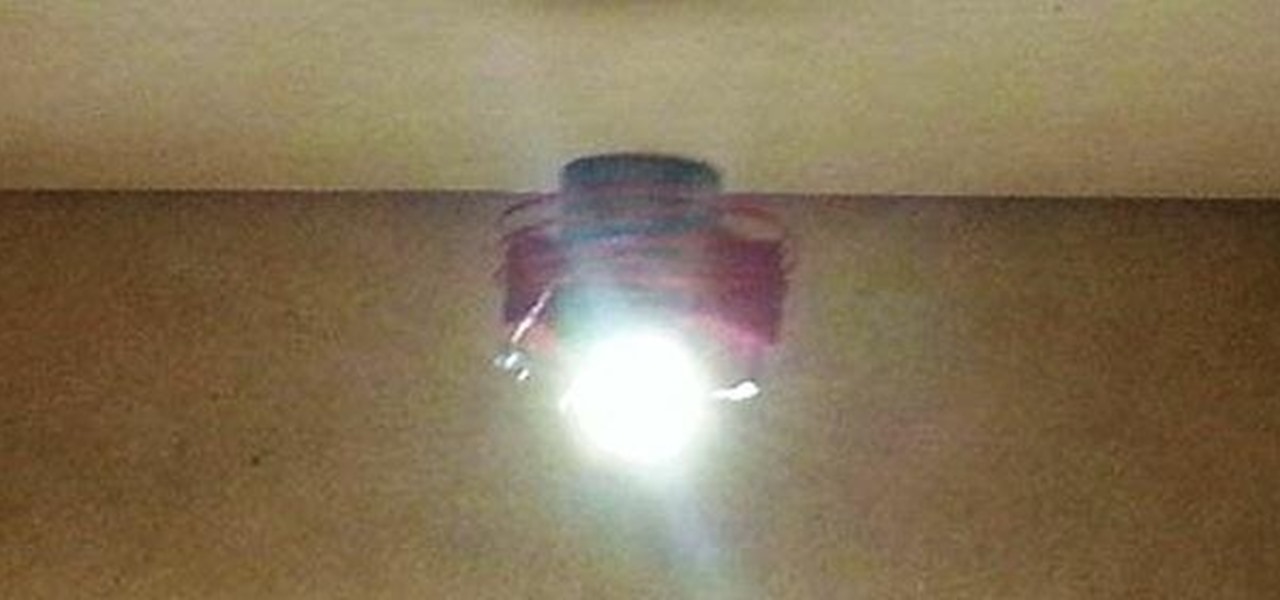
News: This Levitating Light Bulb Defies Gravity (And Ditches Unsightly Power Cords)
Helping to prove that science is way awesome, an 18-year old electrical engineering student has successfully made a light bulb float. His name is Chris Rieger, and he's been working on his "LevLight" project for about six months now, with pretty amazing results. This feat of ingenuity was accomplished by using magnetic levitation, although that over-simplification masks how considerably difficult this undertaking was.
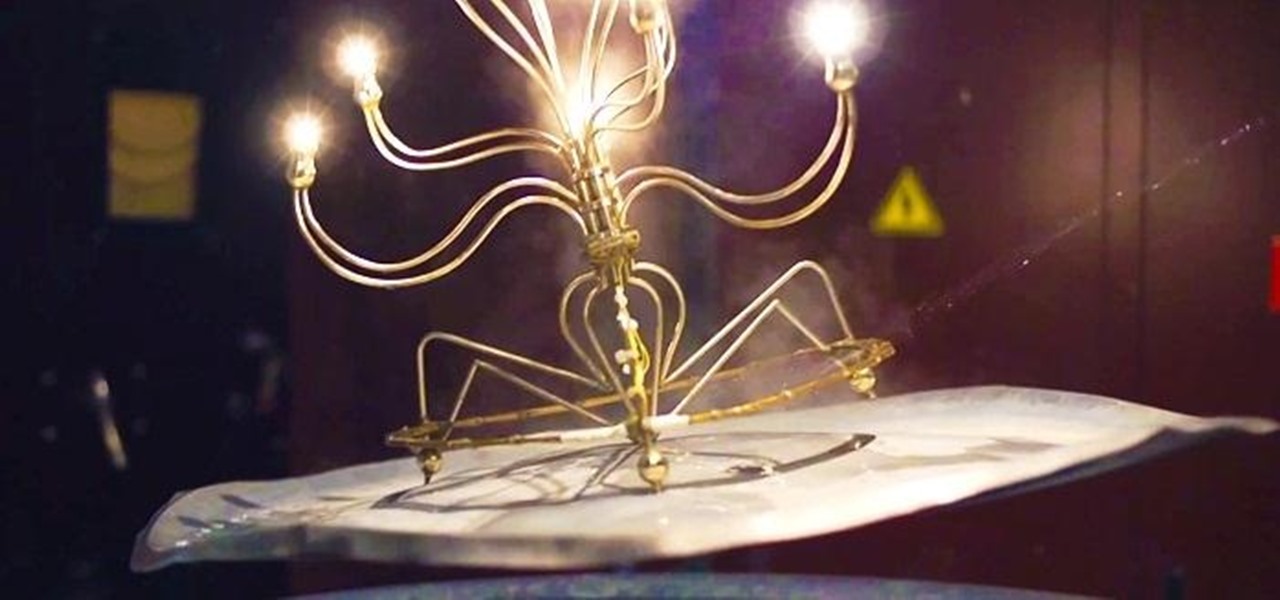
News: Fire Up the Levitating Barbie, It's Time to Cook with Electromagnetic Induction
Michael Faraday was awesome. He discovered electromagnetic induction, diamagnetism and electrolysis, and he invented the Bunsen burner (before it was the Bunsen burner). Because of his work, we can make suits that can withstand 1,000,000 volts of electricity and cases to protect our gadgets from nuclear attacks.
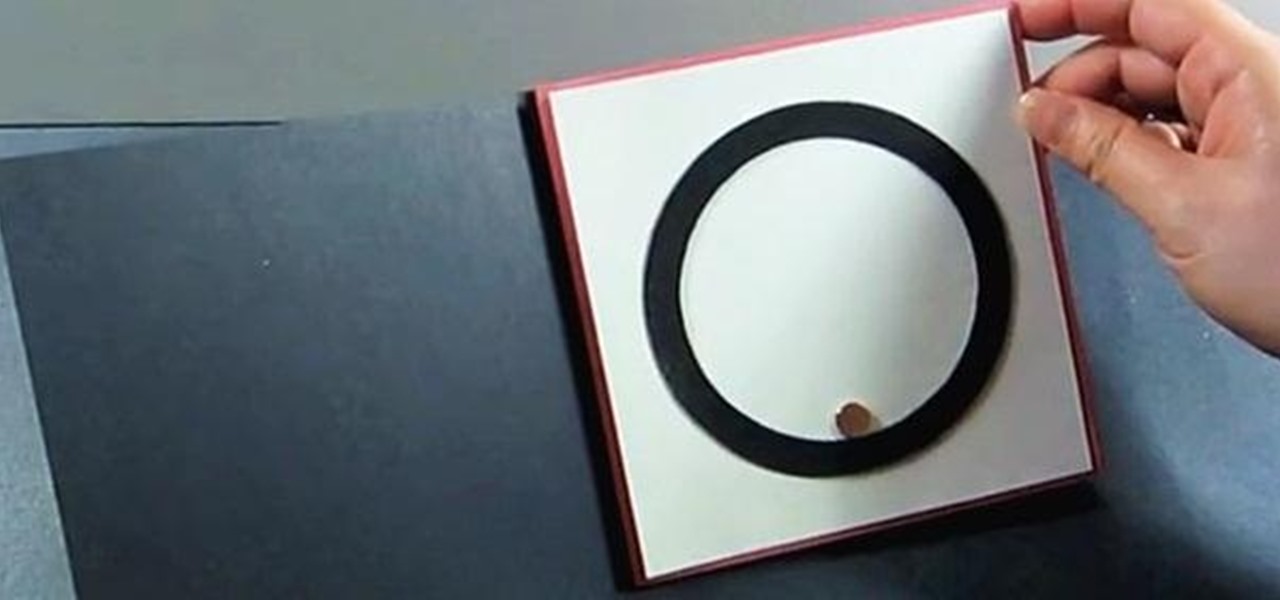
How To: Make Your Art More 'Attractive' with Some DIY Magnetic Ink
Magnetic ink is generally used by the banking industry to allow computers to read information off of a check, but that doesn't mean you can't have some fun with it. The guys over at openMaterials have figured out a great recipe for a DIY magnetic ink that you can use for an interesting art project—or just to mess around.

How To: Use a Funnel and Butane Torch to Make a Huge Corn-Flour Fireball
One of the coolest things about chemical reactions is that they can be so unexpected. I mean, who would think you can make water explode?
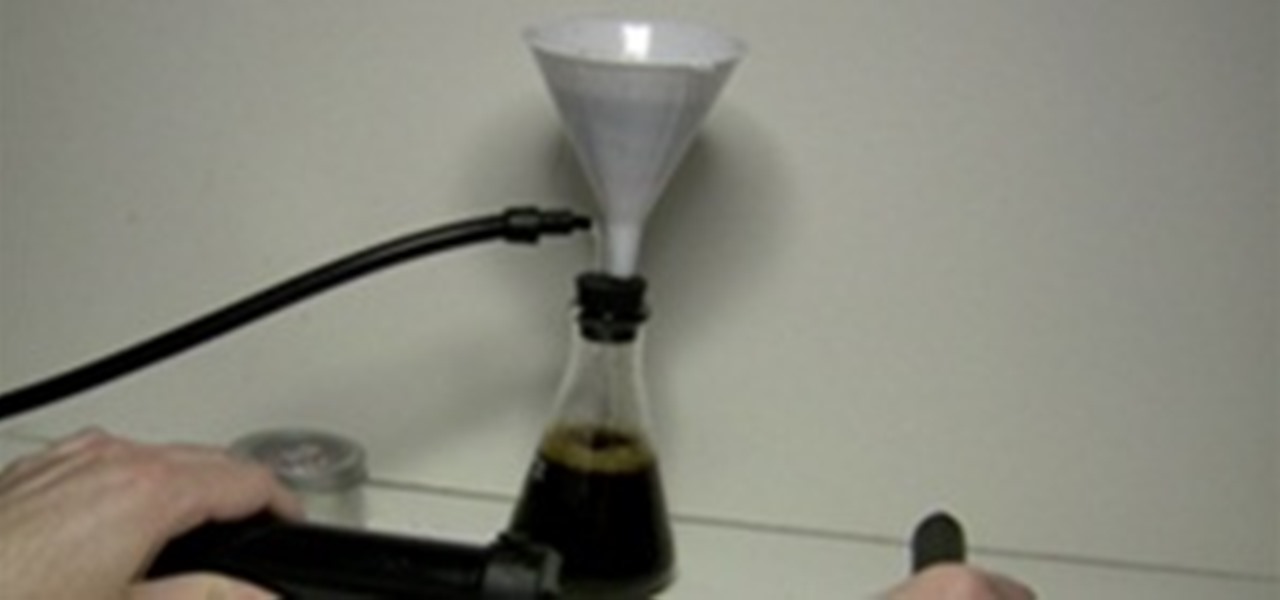
News: DIY Lab Instruments
Here are three awesome videos on whipping up lab quality instruments in your garage! Science is accessible!
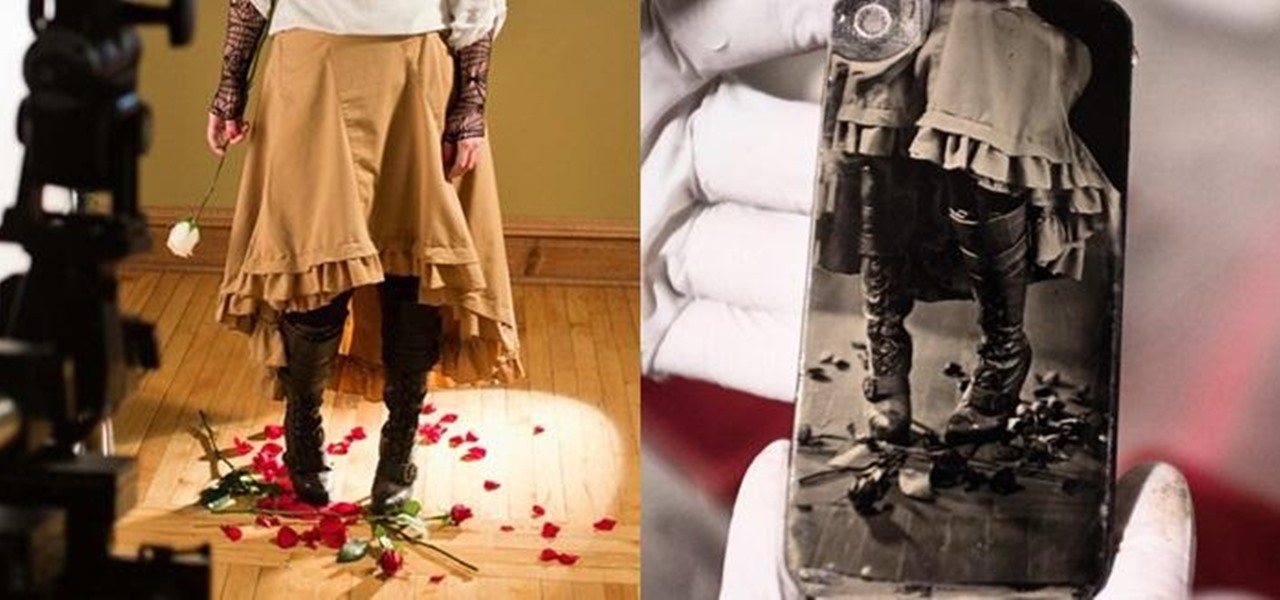
How To: Turn Your iPhone's Glass Back Panel into a Vintage Wet Collodion Photo Plate
Collodion—it's one of those things that you probably never heard of before, but have actually come across many times in life. It's used for all kinds of applications, from photography to special effects, and it even has a few medical uses. So, what exactly is collodion? Photo by Bostick & Sullivan

News: 3D Laser Scanner from Trash
This brilliantly simple tutorial explains how to make a 3D laser line scanner from old junk parts. Follow along and you will be loading objects into your hard drive in no time!

News: Super Cap USB Flashlight!
This awesome how to explains the construction of a DIY USB-charged flashlight! The coolest part is that there are no batteries! Two super capacitors hold the charge from the USB and release it to the LED light at the touch of a button!
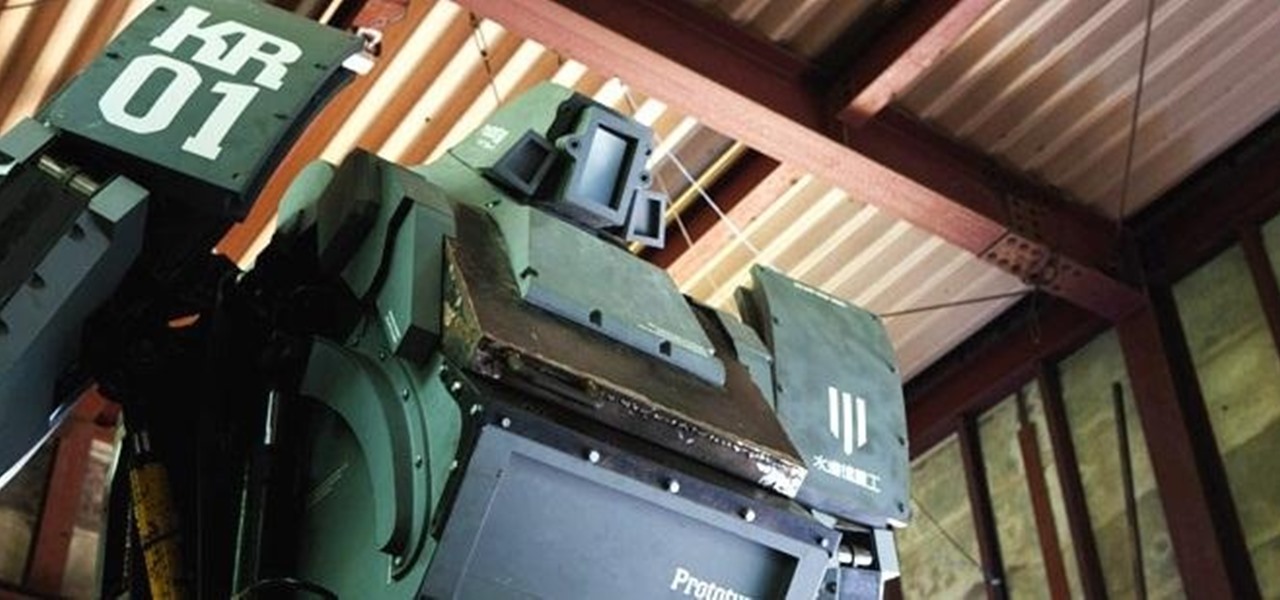
News: You Can Now Pilot Your Own 13-Foot Tall Weaponized Mech (For Just $1.35 Million)
The streets of Tokyo are about to get a lot scarier (or more awesome), after Suidobashi Heavy Industries unveiled their latest project: a 13-foot tall, customizable, piloted robot. It's armed to the teeth with a water bottle rocket launcher and a BB Gatling gun capable of firing 6,000 rounds a minute; all for the very reasonable price tag of around 1.35 million dollars.
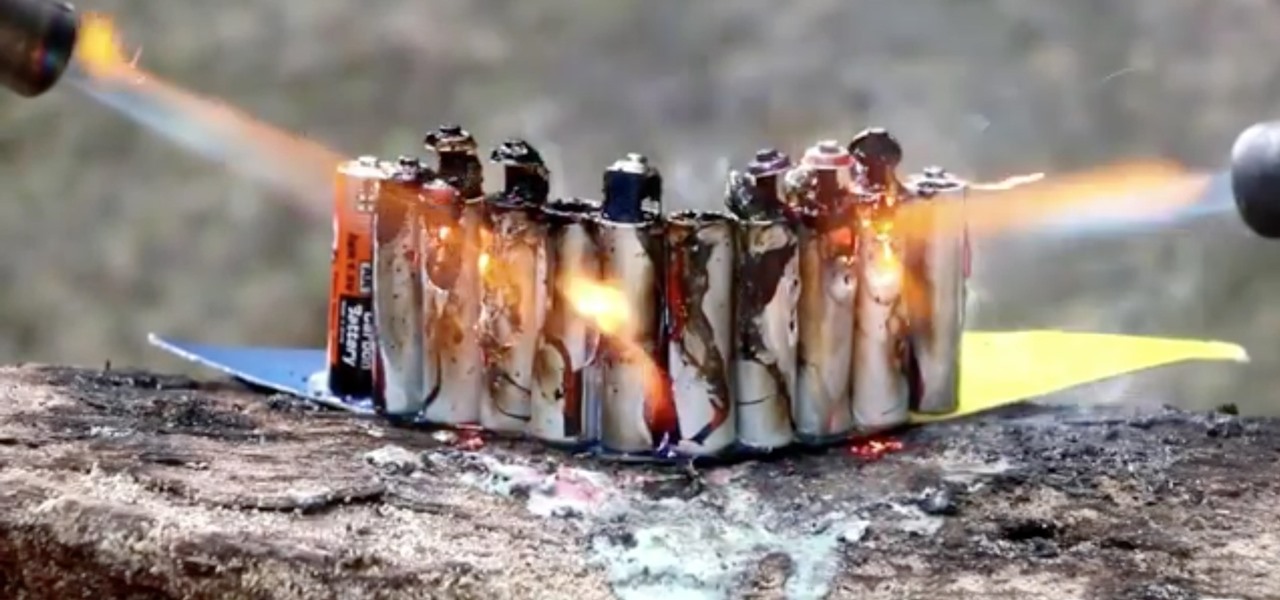
News: The @Burnvideos Instagram Account Gives You Exactly That—And It's Mesmerizing
As Alfred monologued in The Dark Knight, "Some men aren't looking for anything logical, like money. They can't be bought, bullied, reasoned, or negotiated with. Some men just want to watch the world burn."

News: This 1974 Gas-Guzzling Beetle Is Now an Eco-Friendly Electric "Voltswagon"
Want an electric car without the price tag? You could always build your own, or maybe just hack your old gas guzzler into an eco-friendly electric machine... This weekend at Defcon, security consultant David Brown showed off his "Voltswagon" project, a 1974 Beetle named Shocky that he converted to electric for only $6,000. He removed the old combustion engine, radiator, and a few other unneeded parts to make it lighter. Then he loaded it with batteries front and back, ten Interstate DC-29, 12...
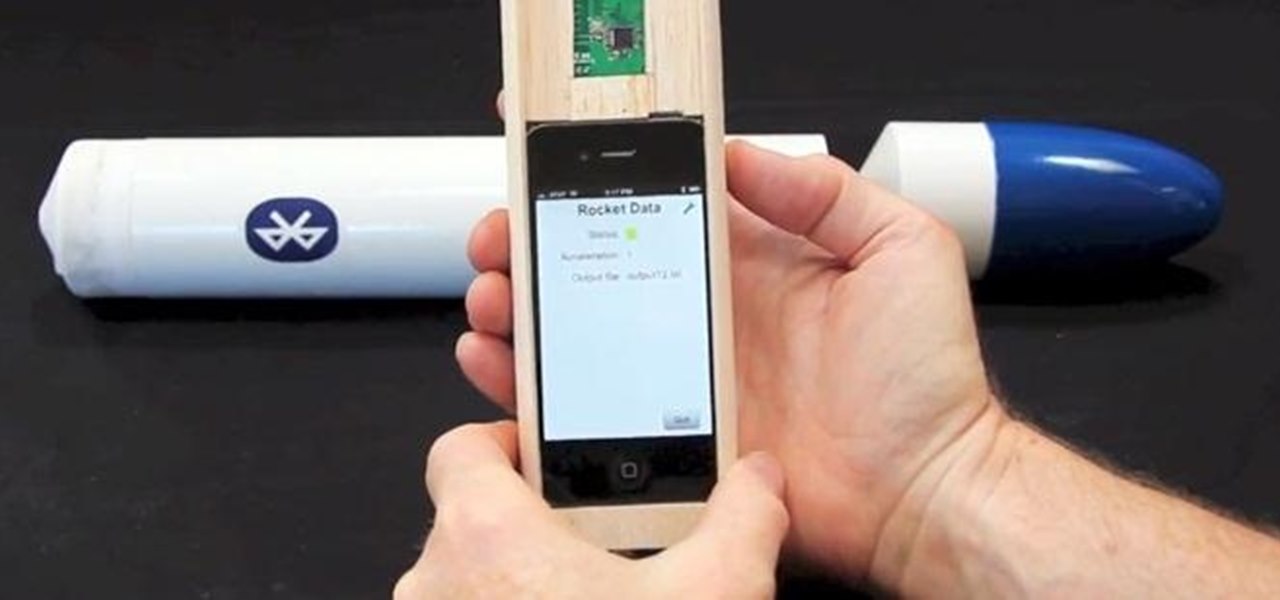
How To: Want Detailed Flight Data for Your Backyard Rocket? Use Your iPhone
Rockets will always be cool no matter what age you are, and building your own rocket is even better. If you have an iPhone that you aren't afraid to blast off into the sky, then you can try and build your own iPhone Rocket to record and analyze flight data, like Byte Works did. The list of parts is a little hefty, but their blog provides you with all of the information you need to make sure you have everything. The most important thing you need is the sensor tag, so that you can record the am...
A New Breed of Invertebrate: Half-Rat, Half-Silicone Cyborg Jellyfish
A team of scientists might have just put Jellyfish Art out of business with their new cyborg jellyfish. By arranging the heart cells of a normal rat on a piece of silicone, they've successfully created their own Franken-jellies. When in salt water with a fluctuating electrical field, the rat's heart muscles on the rubbery silicone contract the lobes downward and back up, which mimics the pulsing movement of a young moon jellyfish swimming.
News: Pure Silicone Casting
For those of you who enjoyed the oogoo tutorial we did, this tutorial from instructables shows you how to make molds from 100% silicone gel for casting resin! I wonder if you could also cast other silicone shapes using a silicone mold...
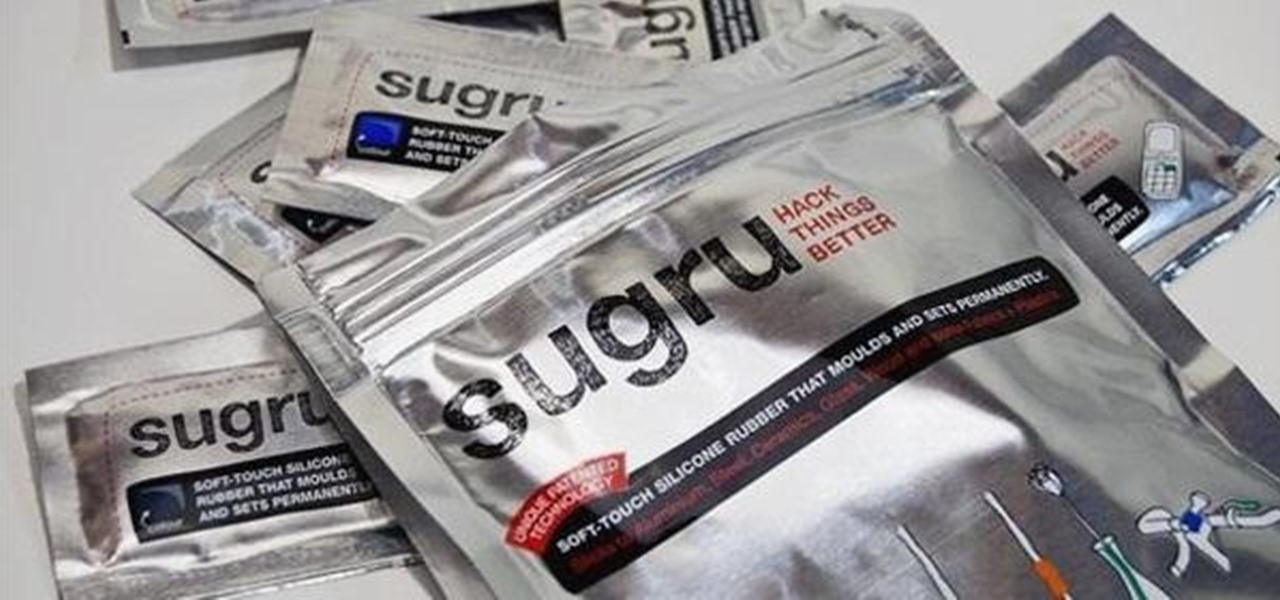
News: Winners of Mad Science's Sugru Contest
Thanks to everyone who submitted ideas in last month's Mad Science contest. The question called for your best idea for using Sugru, a temporarily malleable silicone modeling clay that self cures for a soft-touch permanent bond. It's a marvelous product for at-home quick fixes and for even making some cool DIY bumpers and grips for your electronics. William scoured through all of the comments and chose the two winners he felt best deserved a pack of Sugru.

News: Arduino Shot Machine Pours a Drink Every Time the US Wins an Olympic Medal
Drinking games just got a little more sophisticated (kind of). Startup SmartThings built this awesome Arduino-based machine that automatically pours a shot whenever the US wins a medal in the 2012 Summer Olympics. Goldschläger for gold, Cuervo for silver, and Jack Daniels for bronze.
News: Let yourself In with this Hacked Morse Code Door Buzzer!
What happens when you add a few wires and a microcontroller to your door buzzer? You can let yourself into your building from the outside!
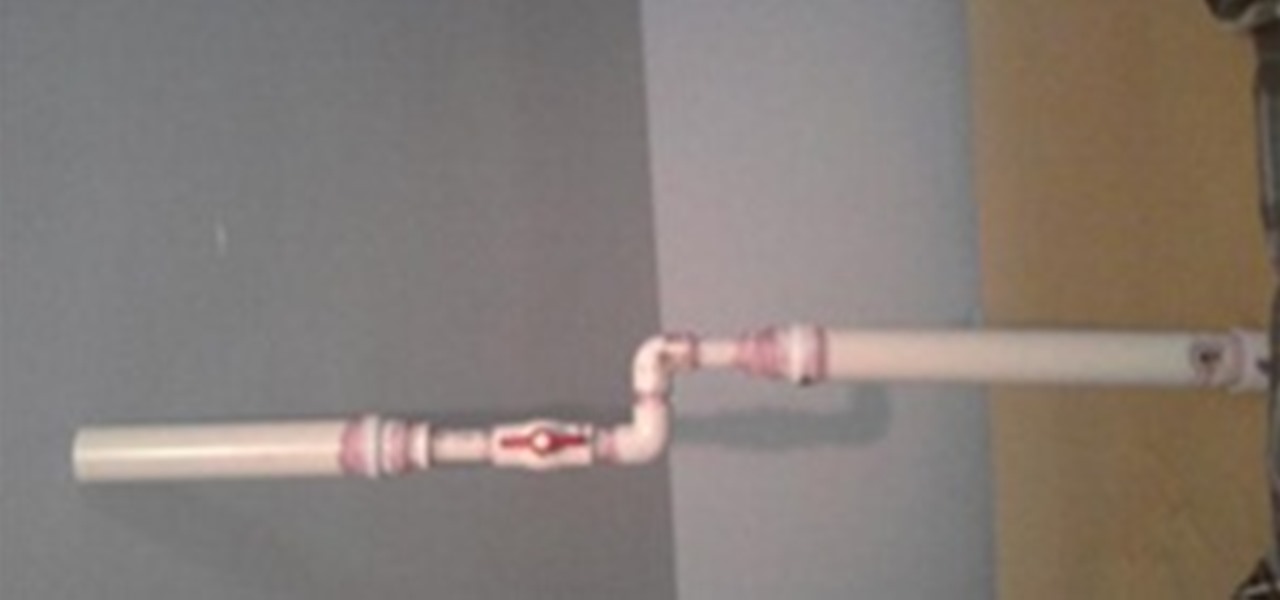
Contest: Spud Gun
Well here it is, this is an older pic but it still works, the only change from this pic and the current cannon is that I have put some duct tape around the PVC bonds and am planing on spray painting it. The compression chamber is over a foot and a half long at 2" diameter PVC to push the spud or what ever you can out the cannon. The barrel is a little more than a foot long. This was originaly a prototype with all 1" PVC pipe but I cut it all off and attached a few PVC sizers and made the barr...

News: Slothborg Selling Lucid Dream Goggle Kits!
The rad people over at Slothborg Technologies have started selling kits based on our lucid dreaming goggles! If you have been dying to make your own lucid dream goggles but didn't know where to get all the parts from, this is your lucky day.
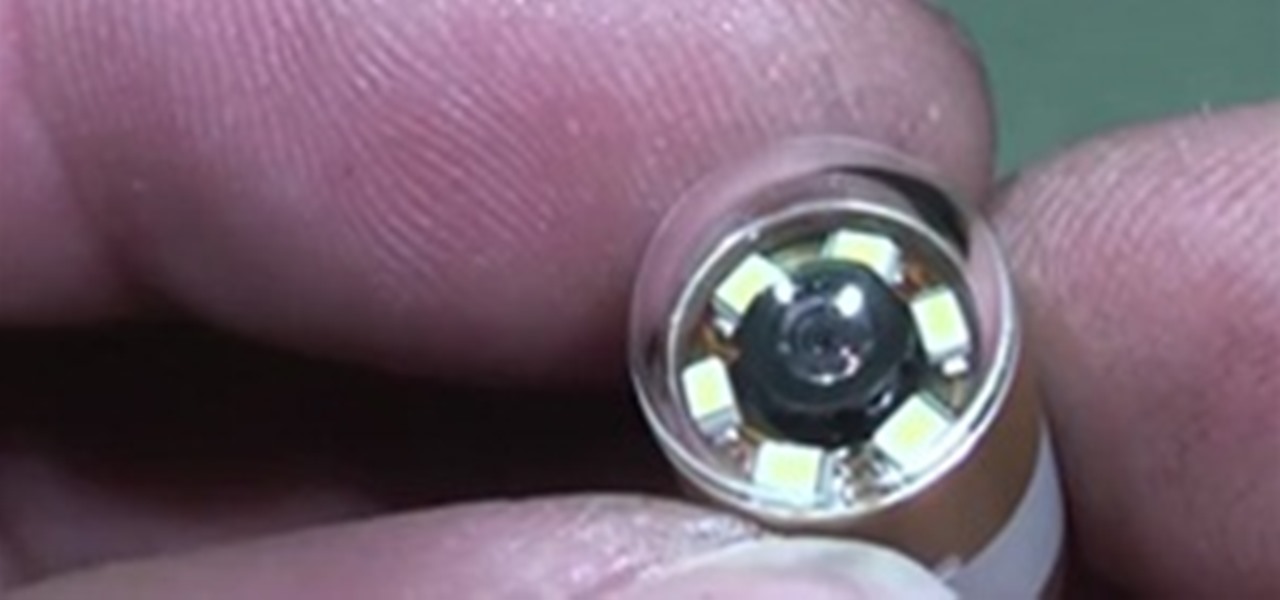
News: Medical Intestinal Camera Teardown
Mike received a tiny medical pill-camera from a relative who had recently undergone treatment. The most surprising part apart from the utter grossness is that the camera transmits electrical signals straight through the human body to skin electrodes with no radio at all! Check out the video to see the camera and Mike's impressive mastery of the oscilloscope.

News: Congratulations, Cerek! You've Won Mad Science's Lucid Dreaming Goggles Kit!
Thank you to everyone who entered the photo contest for a chance to win a cool lucid dreaming goggles kit from Mad Science. This month's winner was Cerek, who submitted this great camera shutter release project photo:
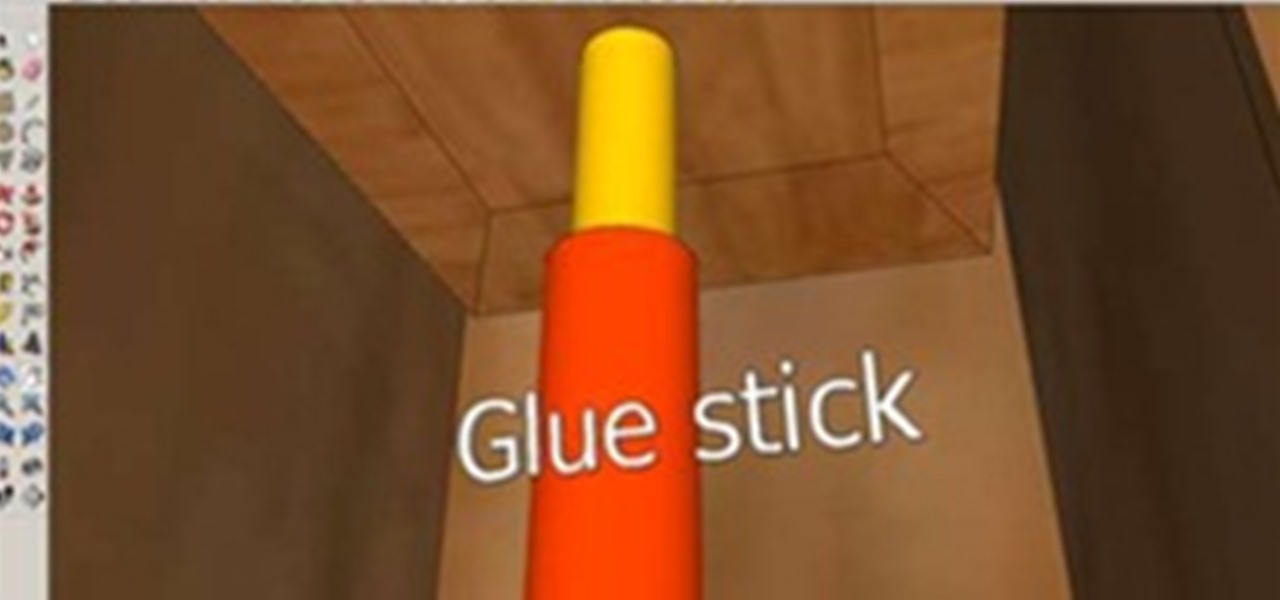
News: Pet Feeder Entered in Instructables 3D Printer Contest
Mad Science has entered the automatic pet feeder project as an instructable in the Make It Real challenge. Nine of the winners will receive their own 3D printer! If you are now imagining all the cool stuff we could do for Mad Science with a 3D printer, please share your ideas and vote for the entry here.
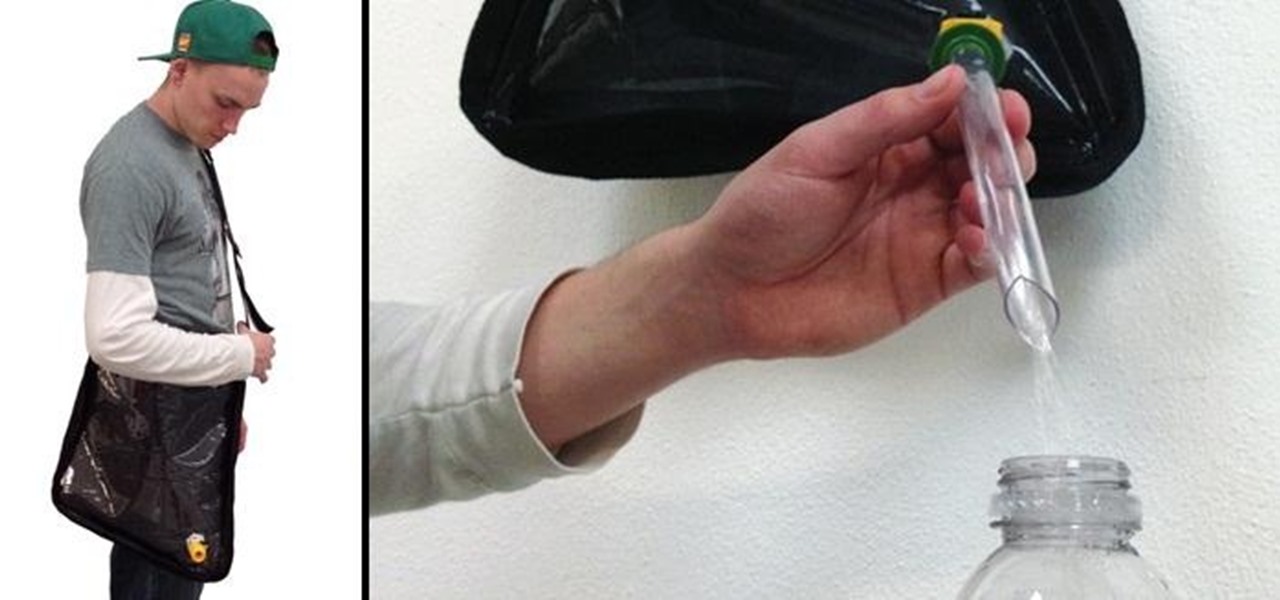
News: Solar Bag Lets You Fashionably Purify Water On-the-Go Using UV Rays
Water purifiers are already portable, but not as portable as this crazy invention. Created by Marcus Triest and Ryan Lynch, the Solar Bag can be worn like a shoulder bag and holds up to 2.5 gallons of water. In a feat of ingenuity, the bag is designed to use sunlight to purify the stored water, allowing you to filter drinking water on the go. The bag is made from two layers of polyethylene—a clear, high-clarity layer on the outside and a black layer on the inside. The top layer allows the max...
News: Glove-based touch screen from a CRT monitor
Here’s a bulky old CRT monitor used as a touch-screen without any alterations. It doesn’t use an overlay, but instead detects position using phototransistors in the fingertips of a glove.

Top 10: Tips for the Amateur Chemist
Super useful run down of home chemistry tips and tricks.

News: A Theory of Holographic Music Synthesis
Are you ready for crazy, next-level music technology? I just completed a pretty fun introductory write-up on my new instrument called the Dub Cadet over at instructables.com. This is the first installment of a 3-Part series to explain how to build your own Dub Cadet or personally amalgamated hybrid.
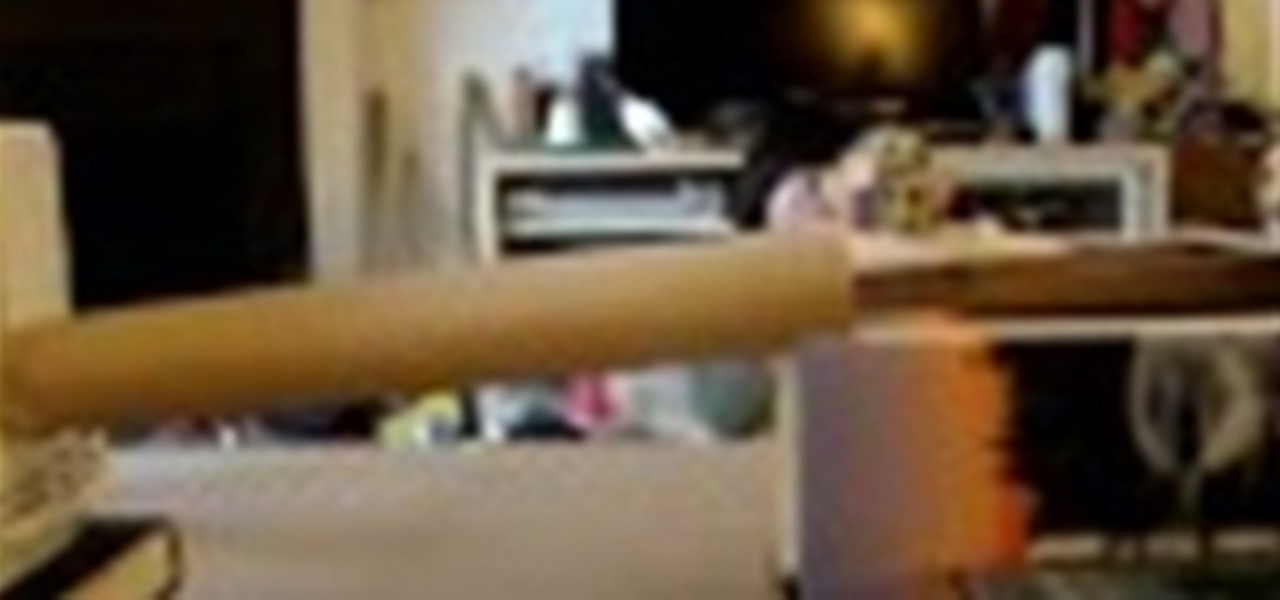

Contest: Camera Shutter Release
This is a shutter release that also a bulb mode switch. I made it a while back and also made a how to on it, which you can check out here.

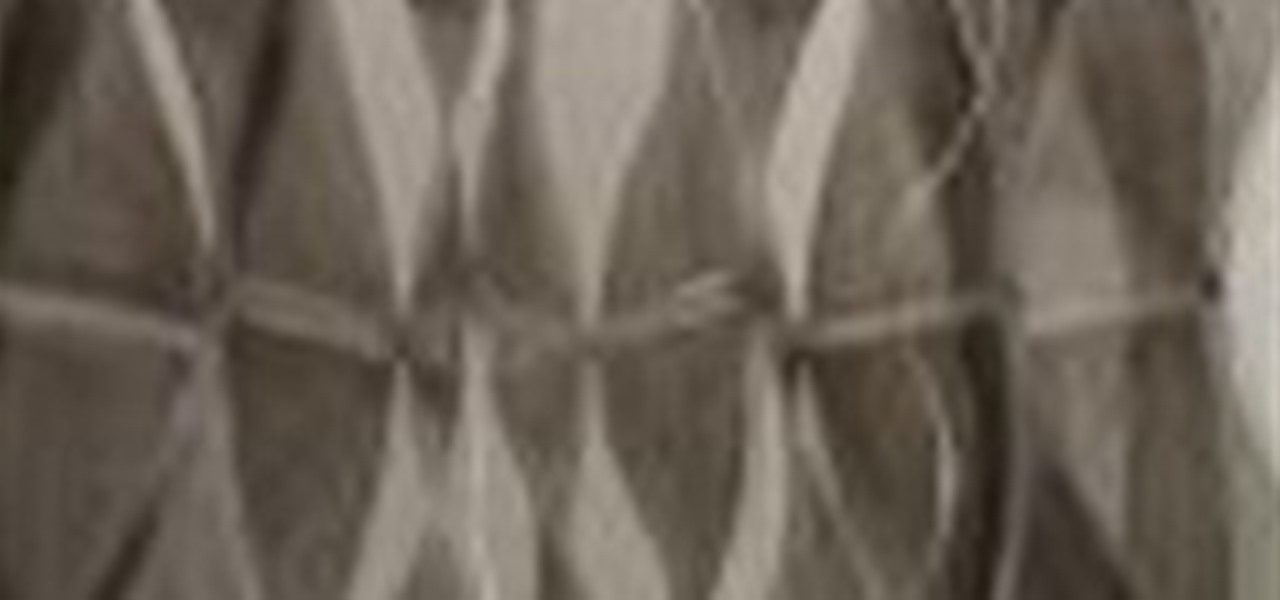
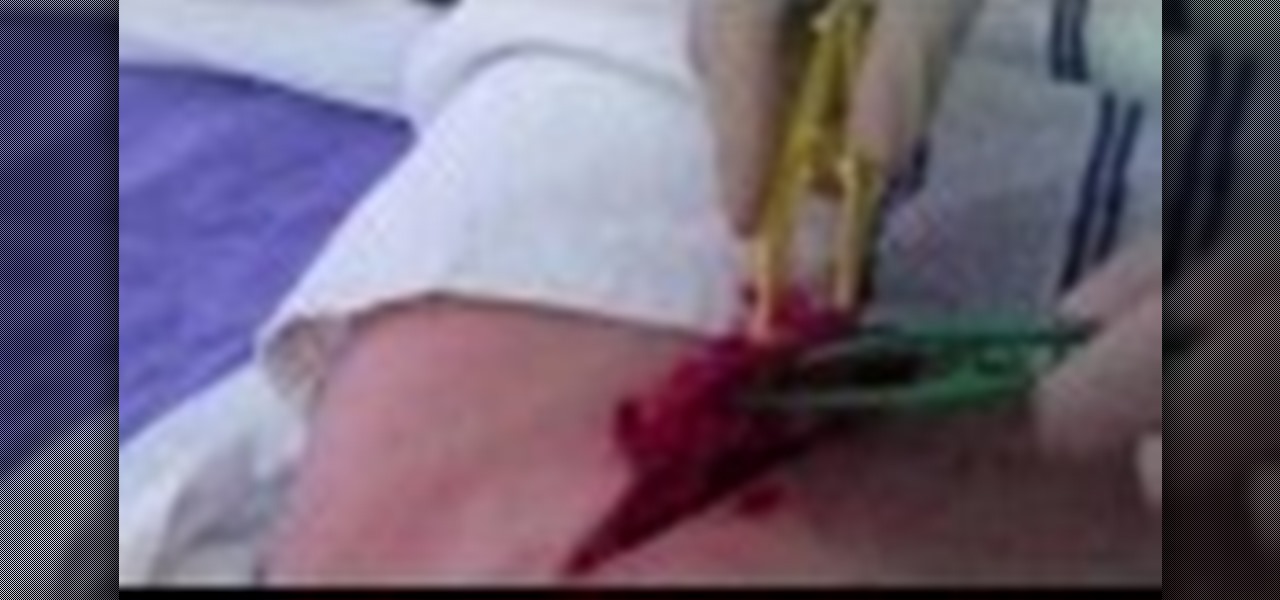
News: Dinner
Dinner Dinner Dinner




